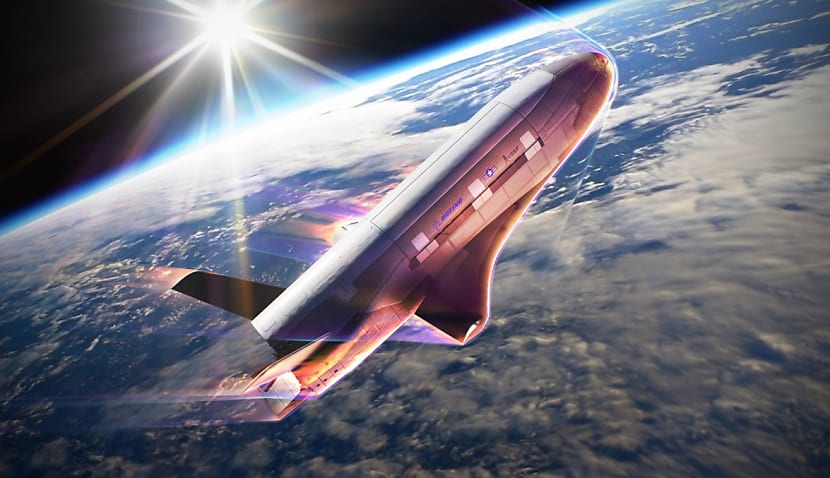During the “aerobraking”, the Boeing-made vehicle will use the drag of Earth’s atmosphere to slow it down, reducing its energy while only expending minimal fuel. It will then jettison its service module component before resuming its normal testing.
The secretive X-37B, now on its seventh mission, is designed to operate in low-Earth orbit, 150 to 500 miles above Earth and can operate for up to 270 days.
It’s the United States’ first vehicle since the Space Shuttle, with the ability to return experiments to Earth for further analysis.
It comes with other major space nations increasingly looking into the potential of spaceplanes, including China.
“Space is a vast and unforgiving environment where testing technologies is critical to the success of future endeavours,” said Michelle Parker, vice-president of Boeing’s Space Mission Systems.
“There is no other space platform as capable, flexible and manoeuvrable as the X-37B, and its next demonstration will be another proof point that this test vehicle sets the pace of innovation.”
The X37-B’s current mission began when it blasted into space in December 2023 onboard a SpaceX Falcon Heavy rocket from NASA’s Kennedy Space Center in Florida.
Since then, it has been conducting experiments to examine the effects of radiation and testing space domain awareness technologies in a highly elliptical orbit (HEO).
Built from a lighter composite structure, rather than traditional aluminium, its unique features include avionics designed to automate all de-orbit and landing functions and “advanced conformal reusable insulation (CRI) blankets”.
Secretary of the Air Force Frank Kendall said, “This novel and efficient series of manoeuvres demonstrate the Space Force’s commitment to achieving groundbreaking innovation as it conducts national security missions in space.”
It comes after NASA unveiled its experimental supersonic aircraft, the X-59, in January, which it claims won’t generate a sonic boom.
The technological advancements created by the X-59 are hugely significant, given that non-military aircraft are banned from flying faster than the speed of sound over land – a rule that contributed to the early retirement of the Concorde.
The aircraft can reduce the sonic boom to a quieter “thump” – compared to slamming a car door – because its tapered nose breaks up the shock waves traditionally created when an aircraft surpasses the sound barrier.
The aircraft was unveiled at Lockheed’s secretive Skunk Works facility in the Mojave desert in California.

Adam Thorn
Adam is a journalist who has worked for more than 40 prestigious media brands in the UK and Australia. Since 2005, his varied career has included stints as a reporter, copy editor, feature writer and editor for publications as diverse as Fleet Street newspaper The Sunday Times, fashion bible Jones, media and marketing website Mumbrella as well as lifestyle magazines such as GQ, Woman’s Weekly, Men’s Health and Loaded. He joined Momentum Media in early 2020 and currently writes for Australian Aviation and World of Aviation.

